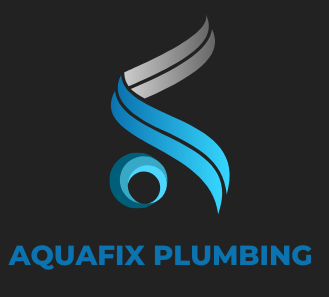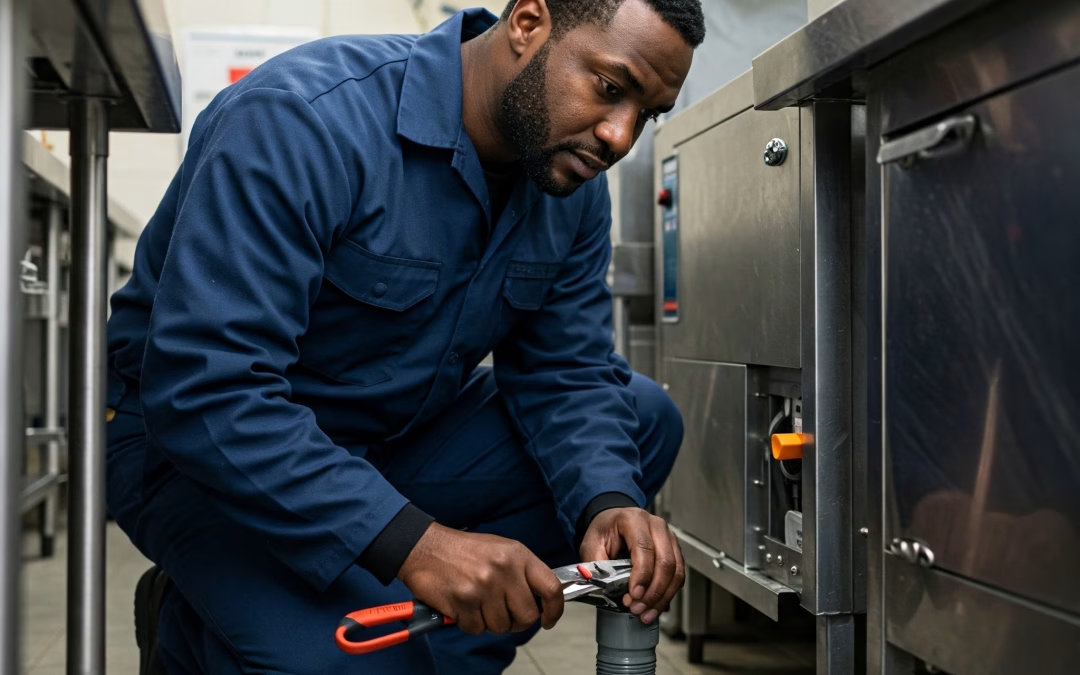Practical Preventative Plumbing Advice for Homes in Emanzimtoti
Your home is your safe space and its plumbing system is its circulatory system—vital, yet often forgotten until something goes wrong. In a beautiful coastal town like Emanzimtoti, with its unique climate and water conditions, proactive plumbing maintenance isn’t just a good idea; it’s a necessity. It’s the difference between a small annoyance and a major, wallet-draining disaster. By taking a few simple, proactive steps, you can save money on emergency plumbing repairs, reduce stress, and significantly extend the lifespan of your home’s essential plumbing systems.
Common Plumbing Issues in Emanzimtoti Homes
Amanzimtoti’s coastal environment, with its high humidity and potential for waterborne minerals, can contribute to specific plumbing problems that homeowners should be aware of. Understanding these common issues is the first step toward preventing them.
- Blocked Drains and Toilets: This is the most frequent and frustrating plumbing issue. Blockages often result from a buildup of hair, soap, and grease. In older homes, tree roots can also block underground pipes. This is a common problem for Amanzimtoti plumbing
- Leaks in Taps, Pipes, and Geysers: A small, persistent drip can waste a lot of water. It can also lead to significant water damage. Leaks are caused by worn-out washers, high water pressure, or corrosion. Geyser leaks are particularly dangerous. They can cause water damage and pose an electrical hazard
- Low Water Pressure or Inconsistent Hot Water: Does your shower go from a strong stream to a weak trickle? This could signal a bigger issue. These problems are caused by sediment buildup in pipes. A faulty pressure valve or an inefficient geyser can also be the cause
- Corrosion or Wear in Older Pipes: Many homes in the Emanzimtoti area have aging plumbing. Over time, metal pipes can corrode. This leads to pinhole leaks and pipe bursts, especially during temperature changes.
Simple Preventative Maintenance Tips
- Regular Inspection of Taps, Pipes, and Geysers: Make it a habit to visually inspect all your taps and exposed pipes for any signs of dripping or moisture. Check the area around your geyser for any puddles or rust stains. A simple touch test can reveal leaks that aren’t immediately visible.
- Cleaning and Maintaining Drains to Avoid Blockages: Don’t wait for a slow drain to take action. Use a drain protector on all your sinks and shower drains to catch hair and debris. Avoid pouring grease, coffee grounds, or harsh chemicals down your drains, as they can cause significant blockages over time. A monthly rinse with a mixture of boiling water and vinegar can help keep things flowing smoothly.
- Checking Water Pressure and Flow Regularly: You can buy an inexpensive water pressure gauge from a hardware store and check your home’s pressure at an outdoor spigot.4 A reading above 80 psi (pounds per square inch) is too high and can put unnecessary strain on your pipes and appliances. A pressure-reducing valve can be installed to manage this.
- Seasonal Plumbing Checks and Minor Repairs: Make a habit of performing a more thorough check at the start of each season. For instance, before the colder months, ensure your pipes are insulated and your geyser is in good condition. During the rainy season, check your gutters and downspouts for blockages.
Hot Water System Care
Your geyser is one of the most hardworking appliances in your home and requires special attention to ensure it runs efficiently and safely. A well-maintained geyser not only provides consistent hot water but can also save you a significant amount on your electricity bill.
- Flushing Geysers to Remove Sediment Buildup: Over time, minerals in the water, such as calcium and magnesium, can build up at the bottom of your geyser tank. This sediment acts as an insulator, forcing the element to work harder to heat the water.7 Annually flushing the geyser removes this buildup, improving efficiency and prolonging the life of the tank.
- Checking Temperature and Pressure Relief Valves: The T&P relief valve is a critical safety device that prevents your geyser from overheating and exploding. Its important to regularly test this valve by gently lifting the lever to ensure it releases a small burst of water. If it doesn’t, it may be stuck and needs to be replaced immediately. This is a job best left to a professional.
- Scheduling Professional Maintenance at Least Once a Year: While some geyser maintenance can be done by a homeowner, a professional inspection is crucial. A qualified plumber can check the anode rod, the sacrificial part of the geyser that prevents rust, and assess the overall condition of the unit.
maintenance
- Extend plumbing lifespan: Prevent corrosion, blockages, and leaks to add years to your pipes and fixtures.
-
Improve water efficiency: Repair drips and leaks to conserve water and lower your bill.
-
Enhance home safety: Maintain your plumbing, especially your geyser, to prevent water damage and electrical hazards.
- Reduce unexpected repair costs: Spot and fix small issues before they turn into expensive emergencies.


Recent Comments